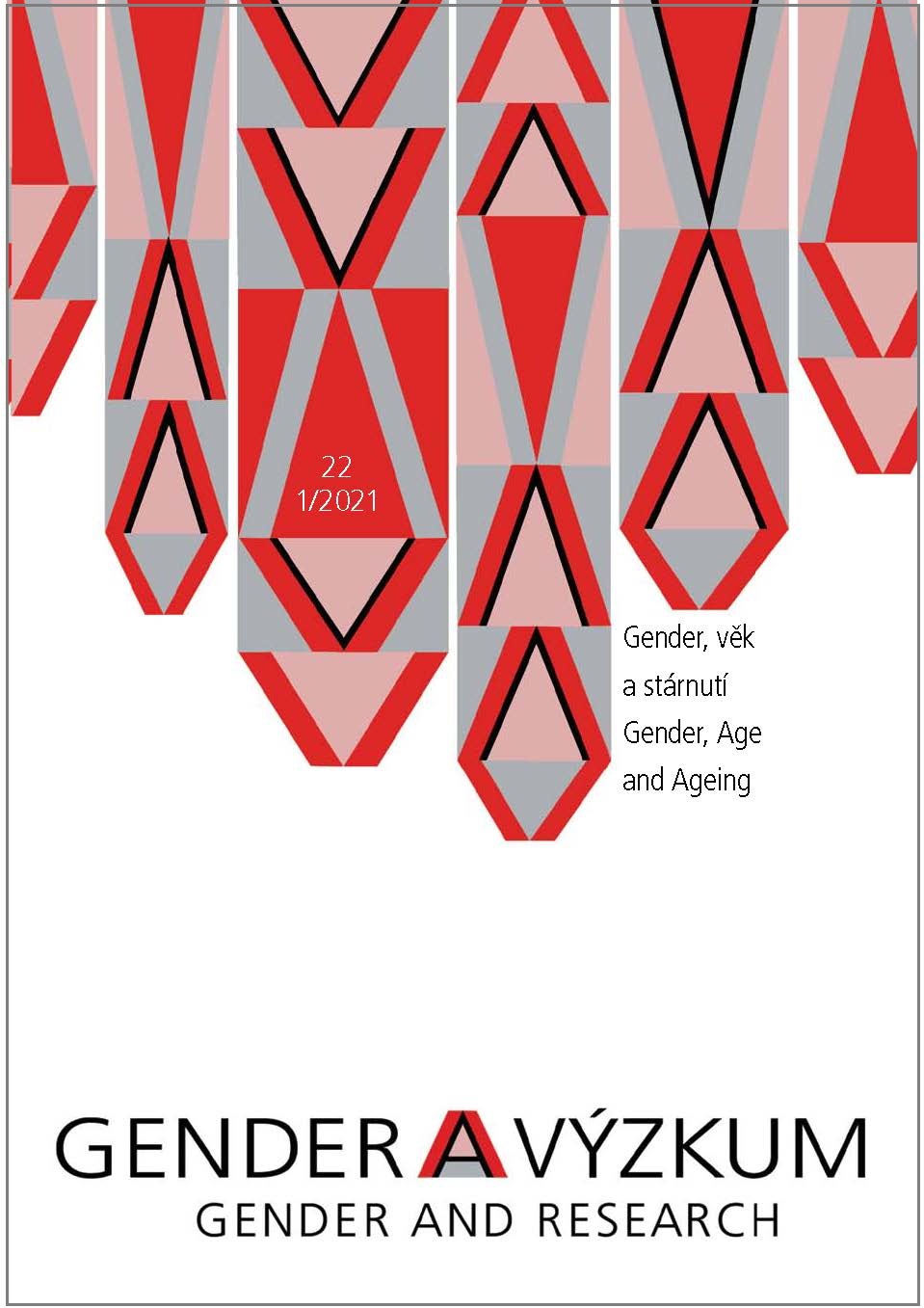The Masculinisation of Old Age in South Asia
The Masculinisation of Old Age in South Asia
Author(s): Sehar EzdiSubject(s): Gender Studies
Published by: AV ČR - Akademie věd České republiky - Sociologický ústav
Keywords: older missing women; female deficit; life-course
Summary/Abstract: This paper shows that the universal female survival advantage evades all the countries of South Asia, except Sri Lanka. Consequently, contrary to the global trend, these countries have more older men than older women in their populations. In view of this, the paper first develops a theoretical model (using the life-course perspective) to explain the mechanisms behind the possible persistence of this female deficit, i.e. the (older) missing women phenomenon, and highlights why this model may apply to South Asian countries. This discussion addresses the higher mortality of females' compared to males at each stage of the life course that culminate in old age (the life-course effect), the role of conflict and natural disasters that affect female mortality more adversely than male mortality (cohort effects), or a combination of the two. Subsequently, the paper calculates the extent of the female deficit in South Asian countries. The results of the calculation accord with the theoretical discussion by allowing the classification of the older missing women phenomenon as a life-course effect in some countries (e.g. India), a cohort effect in other countries (e.g. Nepal), and a combination of the two in specific countries (e.g. Pakistan).
Journal: Gender a výzkum
- Issue Year: 22/2021
- Issue No: 1
- Page Range: 78-106
- Page Count: 29
- Language: English

